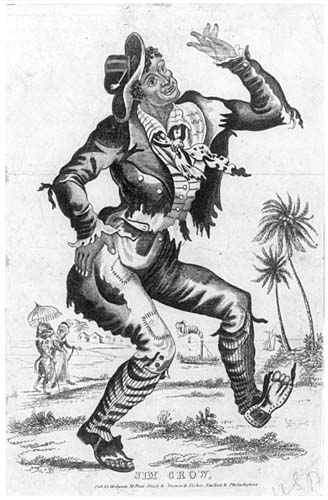Venue Type & Location
Theatre
Overview
In a recent text, however, Davis & Emeljanow present evidence to suggest that commentators have exaggerated the prominence of the disorderly contingent at the Pavilion. Instead, they claim that the typical audience at the theatre was composed of ‘respectable’ working class citizens (from a variety of trades), along with a smaller middle class faction.
Performance History
Please see the 'Bibliographic Sources' link at right for a complete listing of materials (both primary and secondary) from which the above information was compiled.
Beth Marquis
Troupes at Pavilion Theatre
| Film | Affiliated people | Film Type | # of event(s) |
|---|---|---|---|
| Dunn, John, the British Jim Crow | Dunn, John | Minstrel | Definite Dunn, John, the British Jim Crow |
| Ethiopian Serenaders (1846-48) | Dumbolton, James A. | Minstrel | Definite Ethiopian Serenaders (1846-48) |
| Ethiopian Serenaders (1846-48) | Pell, Gilbert W. | Minstrel | Definite Ethiopian Serenaders (1846-48) |
| Ethiopian Serenaders (1846-48) | Stanwood, Moody | Minstrel | Definite Ethiopian Serenaders (1846-48) |
| Ethiopian Serenaders (1846-48) | White, W. | Minstrel | Definite Ethiopian Serenaders (1846-48) |
| Ethiopian Serenaders (1846-48) | Harrington, George | Minstrel | Definite Ethiopian Serenaders (1846-48) |
| Ethiopian Serenaders (1846-48) | Germon, Francis | Minstrel | Definite Ethiopian Serenaders (1846-48) |
| Grisdale, Walter | Grisdale, Walter | Dramatic | Definite Grisdale, Walter |
| Harper, E.R. | Harper, E.R. | Minstrel | Definite Harper, E.R. |
| Pelham, Richard | Pelham, Richard W. | Minstrel | Definite Pelham, Richard |
| Rule Britannia Troupe | Dramatic | Definite Rule Britannia Troupe | |
| Uncle Tom's Cabin Troupe (London-Pavilion, 52) | Dramatic | Definite Uncle Tom's Cabin Troupe (London-Pavilion, 52) | |
| Van Bramer (minstrel) | Minstrel | Definite Van Bramer (minstrel) | |
| Virginian Brothers, The | Minstrel | Definite Virginian Brothers, The |
Events at Pavilion Theatre
| Event | Date | Venue Location | Film |
|---|---|---|---|
| Dramatic | - | London, London (city-county) | Virginian Brothers, The |
| Dramatic | - | London, London (city-county) | Uncle Tom's Cabin Troupe (London-Pavilion, 52) |
| Dramatic | - | London, London (city-county) | Grisdale, Walter |
| Minstrel Show | - | London, London (city-county) | Pelham, Richard |
| Variety | - | London, London (city-county) | Dunn, John, the British Jim Crow |
| Variety | - | London, London (city-county) | Ethiopian Serenaders (1846-48) |
| Dramatic | - | London, London (city-county) | Rule Britannia Troupe |
| Dramatic | - | London, London (city-county) | Harper, E.R. |
| Dramatic | - | London, London (city-county) | Van Bramer (minstrel) |
Bibliographic Sources
- Penny Satirist (London) February 7, 1846: ?.Info in Record:
- venue staff:
(“Mr. Frederick Neale, the stage-manager”)
- venue staff:
- London: The Library Association, 1970pp171-2.
- Hamden, Connecticut: Archon Books, 1981pp.82-3, 87.
- (Under Entertainment - Theatre & Shows - Theatres & Venues - Pavilion Theatre)
- London: Chapman & Hall, 1859
- London: H.G. Clarke & Co., 1851p130.
- London: Adam and Charles Black, 1863
- Iowa City: University of Iowa Press, 2001
- (Under London's Lost Theatres & Music Halls - Pavilion Theatre)
- Leipsic: Karl Baedeker, 1885p39.
- London: Longmans, Green, Reader, and Dyer, 1868p.786.
- London: H.G. Clarke & Co., 1851p222.

